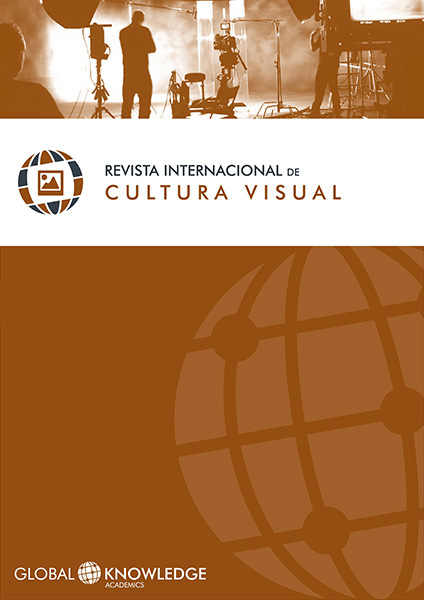Picasso, Dalí or Frida had Social Media? Life as a Spectacle or an Antecedent for Modern Construction of Virtual Subjectivities
DOI:
https://doi.org/10.37467/gka-revvisual.v5.1824Keywords:
Photography, Iconic Value, Show, Social Networks, Virtual PersonalitiesAbstract
They were not users of Facebook, Twitter and Instagram; neither bloggers, youtubers or influencers. Pablo Picasso, Salvador Dalí y Frida Kahlo did not know the multiple functions of networked technologies. However, their lives as creative artists and imbued with an unprecedented media spectacular, are a notable source of iconic influence. The numerous photographs that the three of them carried out are a singular antecedent so that today, decades in between and through social networks, contemporary users construct their own virtual subjectivities taking them as models.
Downloads
Global Statistics ℹ️
|
684
Views
|
195
Downloads
|
|
879
Total
|
|
Downloads
Published
How to Cite
Issue
Section
License
Those authors who publish in this journal accept the following terms:
-
Authors retain copyright.
-
Authors transfer to the journal the right of first publication. The journal also owns the publishing rights.
-
All published contents are governed by an Attribution-NoDerivatives 4.0 International License.
Access the informative version and legal text of the license. By virtue of this, third parties are allowed to use what is published as long as they mention the authorship of the work and the first publication in this journal. If you transform the material, you may not distribute the modified work. -
Authors may make other independent and additional contractual arrangements for non-exclusive distribution of the version of the article published in this journal (e.g., inclusion in an institutional repository or publication in a book) as long as they clearly indicate that the work was first published in this journal.
- Authors are allowed and recommended to publish their work on the Internet (for example on institutional and personal websites), following the publication of, and referencing the journal, as this could lead to constructive exchanges and a more extensive and quick circulation of published works (see The Effect of Open Access).













